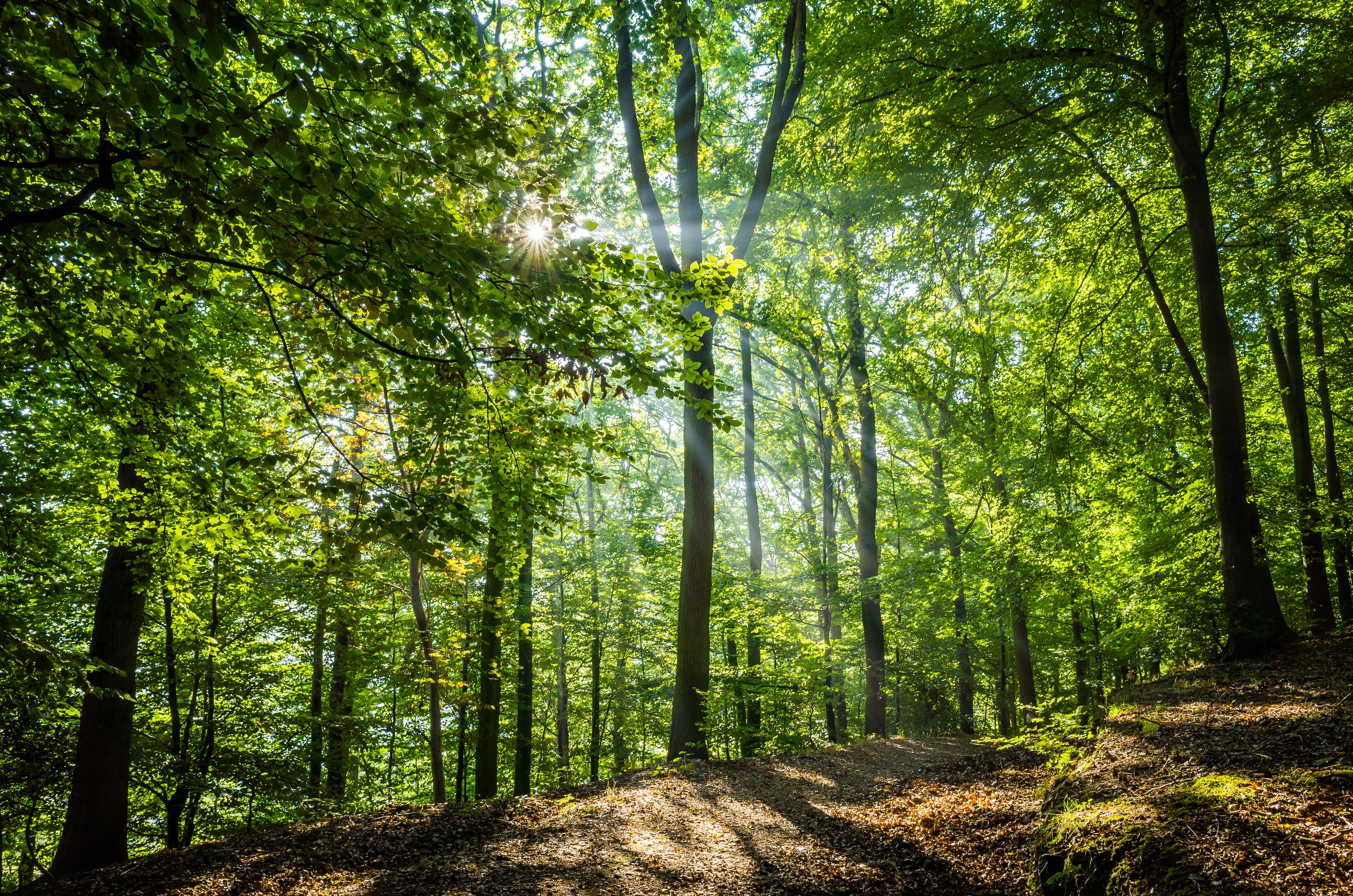UK failing to plant enough trees despite government’s climate pledge, figures show
Existing native woods and trees are at ‘crisis point’, says Woodland Trust

Your support helps us to tell the story
From reproductive rights to climate change to Big Tech, The Independent is on the ground when the story is developing. Whether it's investigating the financials of Elon Musk's pro-Trump PAC or producing our latest documentary, 'The A Word', which shines a light on the American women fighting for reproductive rights, we know how important it is to parse out the facts from the messaging.
At such a critical moment in US history, we need reporters on the ground. Your donation allows us to keep sending journalists to speak to both sides of the story.
The Independent is trusted by Americans across the entire political spectrum. And unlike many other quality news outlets, we choose not to lock Americans out of our reporting and analysis with paywalls. We believe quality journalism should be available to everyone, paid for by those who can afford it.
Your support makes all the difference.Campaigners have warned that the government is not doing enough to protect and expand woodlands in the UK after official figures showed tree planting rates had stalled.
Data released by the Forestry Commission showed 13,400 hectares of new woodland were created over the past year in the UK, mostly in Scotland. However that was less than in the previous two years.
A report card produced by the commission and published on Thursday said there was only a “marginal increase” in the area of woodland in England, and “little change” in the percentage of woodland that is sustainably managed.
Darren Moorcroft, chief executive of nature charity the Woodland Trust, said the statistics “show how far we are from where we need to be”.
In total, the area of woodland in the UK on 31 March 2021 was estimated to be 3.23 million hectares, representing 13 per cent of the total land area.
That amounted to 10 per cent in England, 15 per cent in Wales, 19 per cent in Scotland and 9 per cent in Northern Ireland. The EU average is 35 per cent.
The government's advisory Climate Change Committee has called for UK woodland cover to increase to at least 17 per cent by 2050 to store carbon and meet the goal to reduce emissions to net zero.
That will require around 30,000 hectares of new woodland a year by 2050 – more than double last year’s total – with between 90 and 120 million new broadleaf and conifer trees required to be planted.
In England, where the government has pledged to treble tree planting to 7,000 hectares a year by 2024 as part of climate and nature recovery efforts, some 2,200 hectares were planted in 2020/21, down slightly on the previous year.
Most of the new woodland in England was broadleaf trees, but in Scotland, where 10,660 hectares of forest were planted, two thirds were conifers, which are used for commercial forestry plantations.
In Northern Ireland, 280 hectares of new woodland were planted, and 290 hectares were created in Wales, mostly broadleaf in both countries.
Mr Moorcroft said: “Earlier this month the government announced new investment for trees and woods in England. To get the most from that money, we need to do more than count trees in the ground.
“New woodland needs to work with the landscape, delivering for carbon, nature and people.
“With existing native woods and trees at crisis point, this approach must go hand in hand with protecting the trees we already have from a multitude threats.”
Additional reporting by PA
Join our commenting forum
Join thought-provoking conversations, follow other Independent readers and see their replies
0Comments